A Starter List for Creating STEM Schools
 Need something to do in your spare time? Try creating a STEM program for a school (or a district or classroom) from scratch. Believe it or not, teachers, principals, and other school leaders across the nation are regularly asked to do just that.
Need something to do in your spare time? Try creating a STEM program for a school (or a district or classroom) from scratch. Believe it or not, teachers, principals, and other school leaders across the nation are regularly asked to do just that.
Each week people contact me (and other STEM specialists) for ideas about setting up STEM programs. Some are tasked with turning a whole school into a STEM school. Some want to know how to develop a STEM program within a traditional school. Others ask about initiating STEM programs across a school district.
I wish I could give a clear-cut answer, but there’s no one-size-fits-all blueprint for STEM learning that fits every situation. It depends on the community, the culture, and the students. It also depends on what the educators involved imagine STEM to be.
So here’s my best response
For this exciting but daunting task, I generally start by pointing inquirers to some posts that feature the ideas of experts in STEM program development. Here are a few:
✻ How Do We Integrate STEM Across Subjects?
✻ How One Urban District Designed STEM for All
✻ Sustaining STEM with Leadership Development
Then I suggest my correspondents look at eight areas I would certainly consider if I were going to set up a STEM school. (These eight concepts are also adaptable for school districts and individual classrooms.)
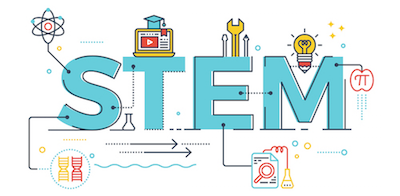
8 components of effective STEM schools
- STEM schools have a defined identity and purpose. STEM schools know who they are and what their focus is. One school might decide that the whole school will “go STEM.” That school wants to engage, inspire, and empower students to succeed in an information-based and technologically advanced society. Another school may simply want to create a STEM enrichment class. That school intends that class to help students develop problem-solving and interpersonal skills using engineering projects. Know how to help the school develop these directions. Prepare to help your school establish an identity and a student goal.
- STEM schools have a strong STEM curriculum. A few keys questions you need to know about the curriculum: Is the STEM curriculum rigorous, integrated, and applied? Do kids get to use modern technology to help them engineer solutions for problems? Is it engineering-centric? Some research recommends that teachers design STEM curriculum for their own students and community. If you’d like to know more about designing and adapting STEM lessons, you might check out and my recent book, STEM by Design: Strategies and Activities for Grades 4-8, and the book website. This article, The 8 Criteria for Authentic STEM Programs, is particularly valuable in learning more about STEM curriculum.
- STEM schools use STEM instructional practices. This one’s a no-brainer. STEM classes use a project-based learning approach to immerse kids in collaborative engineering experiences. Students have a lot of input in designing solutions for authentic problems. They work in teams and use engineering design process thinking. Teachers guide and facilitate rather than using direct instruction. You need to know how well-prepared the teachers are in project based learning, how the school schedule allows time for this, and how the spaces kids will use can be set up to facilitate this type of teaching and learning.
- STEM schools focus on building students’ interpersonal skills. STEM schools purposely help students develop character traits, attitudes, communication skills, and social skills they need for the 21st Century workplace. Student innovation, collaboration and leadership skills are nurtured. When you’re setting up a STEM program, remember that teachers may need to work together to plan and learn how to help students build these skills over time.
- STEM schools provide opportunities for all kids. Disadvantaged students and minorities face battles on many fronts, and access to STEM classes should not be one of them. The good news is that a recent middle school research study shows that all kinds of kids learn more in science classes with a well-designed, project-focused curriculum. That translates into STEM classwork as a prime way of improving learning for these students. As you set up STEM programs, be sure that all kids have access and opportunity to experience STEM.
- STEM schools have a community focus. Good STEM programs are infused with community partnerships and support. As a STEM program planner, meet with local industries and arrange to immerse students in learning experiences beyond the four walls of their school. The community can become their campus. In addition, parents and the community can be involved with STEM projects at the school.
- STEM schools provide STEM extra-curriculars. Kids at STEM schools need opportunities to show off their new skills and knowledge through STEM-based competitions and fairs. These schools might offer engineering clubs – especially for girls and disadvantaged students. They might add robotics clubs, tech teams, chess clubs, and other groups where kids can interact outside the classroom and continue their STEM experiences. When planning a STEM program, make this an all-encompassing experience for students, from arrival through after-school time.
- STEM schools have knowledgeable faculty. The biggest blooper you can make is to assume that to make the STEM program successful you just need to tell teachers to be thoroughly informed about STEM, use inquiry-based instruction, develop students’ interpersonal skills, teach students how to work in teams, work effectively with underrepresented students, build some community partnerships, and help with STEM-based extra-curriculars. (Ouch!) Certainly a well-prepared and knowledgeable teaching force is the key to making this work, but teachers need time, nurturing, and opportunities for continual learning just as students do. In your program, build in plenty of time for on-going, in-house teacher professional learning, collaboration, and interaction with STEM professionals.
A hearty best wishes to you if you are one of the lucky folks setting up a new STEM program. I think you’ll find this STEM School Study helpful, and certainly informative. It focuses on elements of STEM schools and fleshes these out in terms of what students and teachers should be able to do.
PS: Thanks, Bob!
Let me take a moment to thank Bob Pearlman (@bobpearlman), who has absolutely no idea how much he helped me when he curated the information on Innovative STEM Middle Schools. The #1 Middle School on Bob’s list is Dr. Phinnize J. Fisher Middle School in Greenville, SC. Not long ago I wrote an entire post about Fisher Middle, and I fully agree with Bob on this one. Check out Bob’s website, sharing best practices and strategies for school reform and innovation.

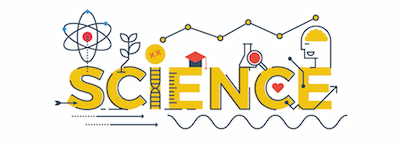
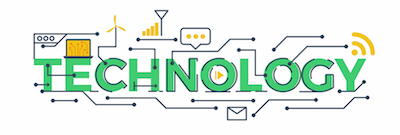
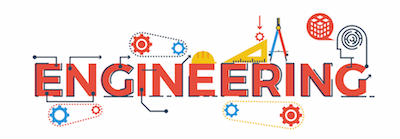
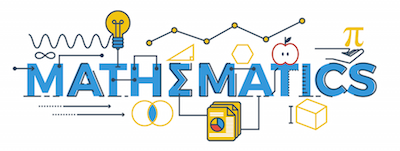





























This is a great post, with super-clear strategies. I’m tweeting it now! :-)
Thank you, Jenny!
Hi Anne — Great article…as always. I am organizing a Summer STEM Institute and am wondering if you are available July 25? Can you contact me to discuss?
Hello my name is Yenni and I am from NYC Harlem & would like to start a STEM school. I am willing to learn and put in the hard work. If anyone has ideas or recommendations please share! Thanks
HI all – I am a Mechanical and Industrial Management Engineer. Been in Manufacturing and SR Management for over 35 years. I live in a small town with local schools that do not have a STEM program. I would really like to get this going. What’s the best approach.